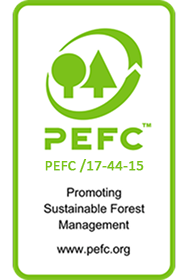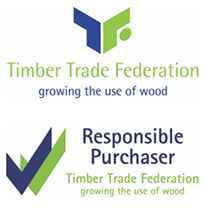Wood has been humanity’s trusted material for centuries—shaping homes, furniture, tools, and countless everyday products. But before it becomes a polished table or structural beam, wood undergoes a series of detailed manufacturing processes and methods.
In this guide, we’ll break down the step-by-step journey of wood manufacturing, explore traditional and modern methods, and highlight sustainable practices that make today’s timber industry more efficient and eco-friendly.
Steps in a Wood Manufacturing Process
1. Harvesting the Logs
The wood manufacturing journey begins in the forest. Sustainable forestry is crucial, as over-harvesting can damage ecosystems.
- Tree Selection – Only mature trees are harvested, ensuring regrowth and biodiversity preservation.
- Felling – Using chainsaws or mechanized harvesters, trees are cut and trimmed.
- Transportation – Logs are transported to sawmills, often via trucks or waterways for large-scale supply.
2. Initial Processing at the Sawmill
Once the logs reach the mill, they are prepared for conversion into usable lumber.
- Debarking – Outer bark is removed, often reused as mulch or fuel.
- Log Cutting (Sawing) – Logs are cut into cants, planks, or slabs using band saws, circular saws, or modern computerized saws.
- Sorting – The rough-cut timber is sorted by size, type, and end use.
Modern sawmills use computerized optimization systems to maximize yield and minimize waste.
3. Seasoning and Drying
Freshly cut timber contains 30–200% moisture content, which must be reduced for stability and durability.
Methods of Drying:
- Air Drying – Stacked outdoors, allowing natural airflow. Low-cost but slow.
- Kiln Drying – Uses heat chambers to dry wood quickly and evenly. Produces higher-quality lumber.
- Solar Drying – Eco-friendly method using greenhouse-style chambers.
👉 Proper drying prevents warping, cracking, and decay. For furniture, lumber is typically dried to 8–12% moisture content.
4. Grading and Classification
After drying, it is inspected and graded based on:
- Appearance (grain, knots, color)
- Strength (structural integrity for construction)
- Defects (cracks, splits, insect damage)
Two major grading types exist:
- Softwood grading – Based on structural strength.
- Hardwood grading – Focuses on appearance and quality for furniture and interiors.
5. Machining and Shaping
Wood is processed into finished dimensions using precision tools.
- Planing – Smooths surfaces to uniform thickness.
- Trimming & Edging – Removes rough edges and defects.
- Profiling – Shapes wood into mouldings, panels, or decorative designs.
- CNC Machining – Computer-controlled routers cut complex shapes with extreme accuracy.
👉 CNC machining and laser cutting have revolutionized furniture and décor production, enabling custom designs at scale.
6. Wood Manufacturing Methods
Depending on the end use, different manufacturing methods are applied:
(a) Traditional Joinery
Mortise and tenon, dovetail, and tongue-and-groove joints.
Favored for furniture and cabinetry due to strength and craftsmanship.
(b) Engineered Wood
Plywood – Thin layers glued at right angles.
MDF (Medium-Density Fiberboard) – Fine fibers compressed with resin.
Glulam & CLT – Laminated beams and cross-laminated panels for construction.
(c) Surface Treatments
Sanding, staining, polishing, and finishing enhance durability and aesthetics.
Low-VOC finishes are now preferred for eco-friendly products.
Advanced & Modern Wood Manufacturing Techniques
The timber industry is increasingly technology-driven:
- Robotics & Automation – Speed up production and reduce labor costs.
- 3D Scanning & Quality Control – Detect defects before final processing.
- Smart Manufacturing – IoT devices monitor drying kilns, saw performance, and waste management.
- Modified Wood – Chemical or heat treatments (e.g., acetylated wood, thermowood) improve resistance to decay.
Why Sustainability is Important?
With global demand rising, sustainable practices are essential:
- Recycling & Upcycling – Old timber is repurposed for flooring, panels, or furniture.
- Carbon Storage – Wood products lock in carbon, reducing greenhouse impact.
- Waste Utilization – Sawdust and offcuts are used in biomass energy or particleboard.
- Green Manufacturing – Solar kilns, energy-efficient mills, and digital operations reduce the industry’s footprint.
Conclusion
The manufacturing process and methods reflect a balance between tradition and innovation. From log harvesting to advanced CNC machining, every stage plays a vital role in delivering high-quality, sustainable timber.
Whether for construction, furniture, or decorative applications, modern wood manufacturing is evolving to meet global demands while respecting the environment.
At AtoZ Wood Company, we combine traditional craftsmanship with modern technology to deliver world-class timber solutions. Our commitment to sustainable harvesting, precision processing, and global supply standards makes us a trusted partner for construction firms, furniture manufacturers, and bulk timber buyers worldwide.
 +237 681 25 6934
+237 681 25 6934




